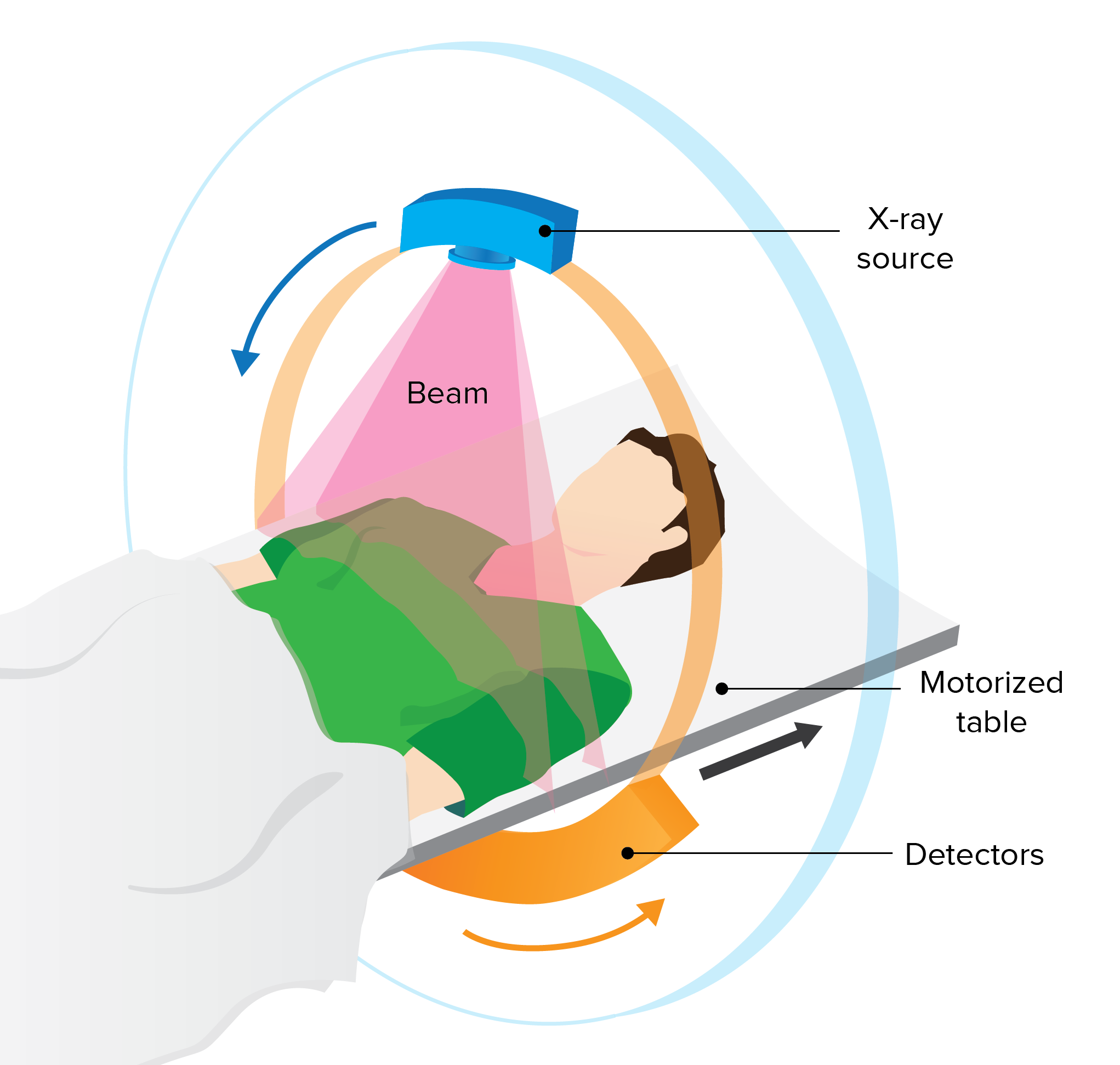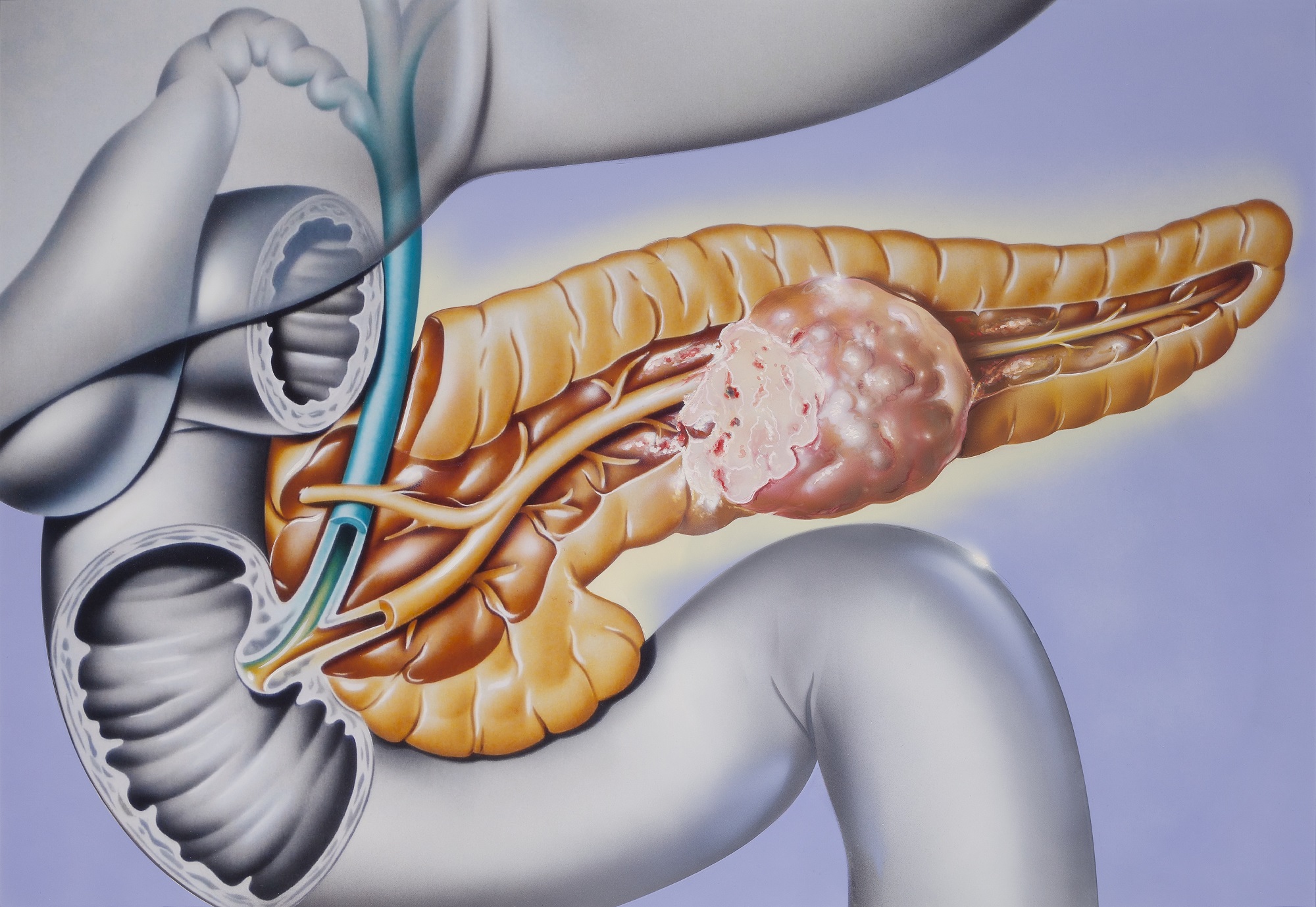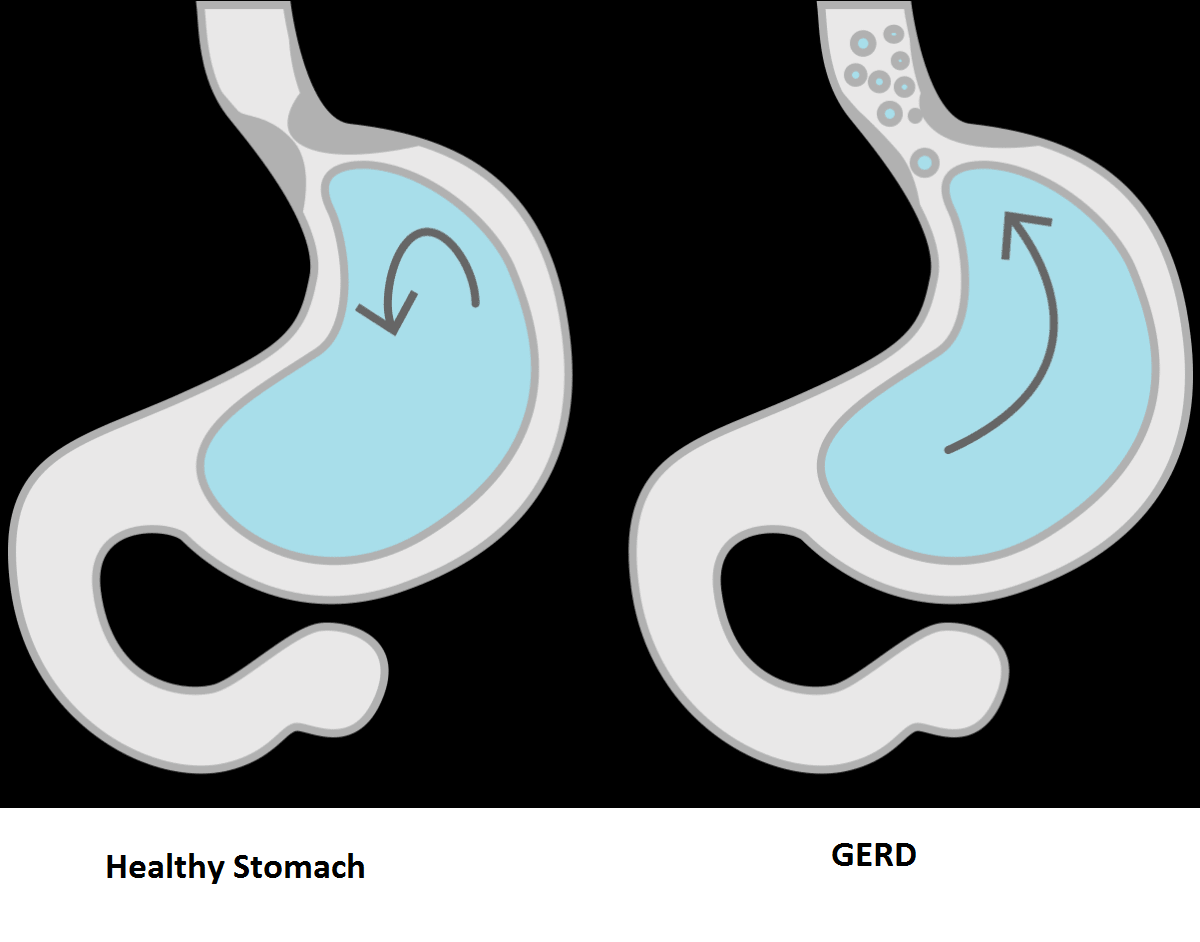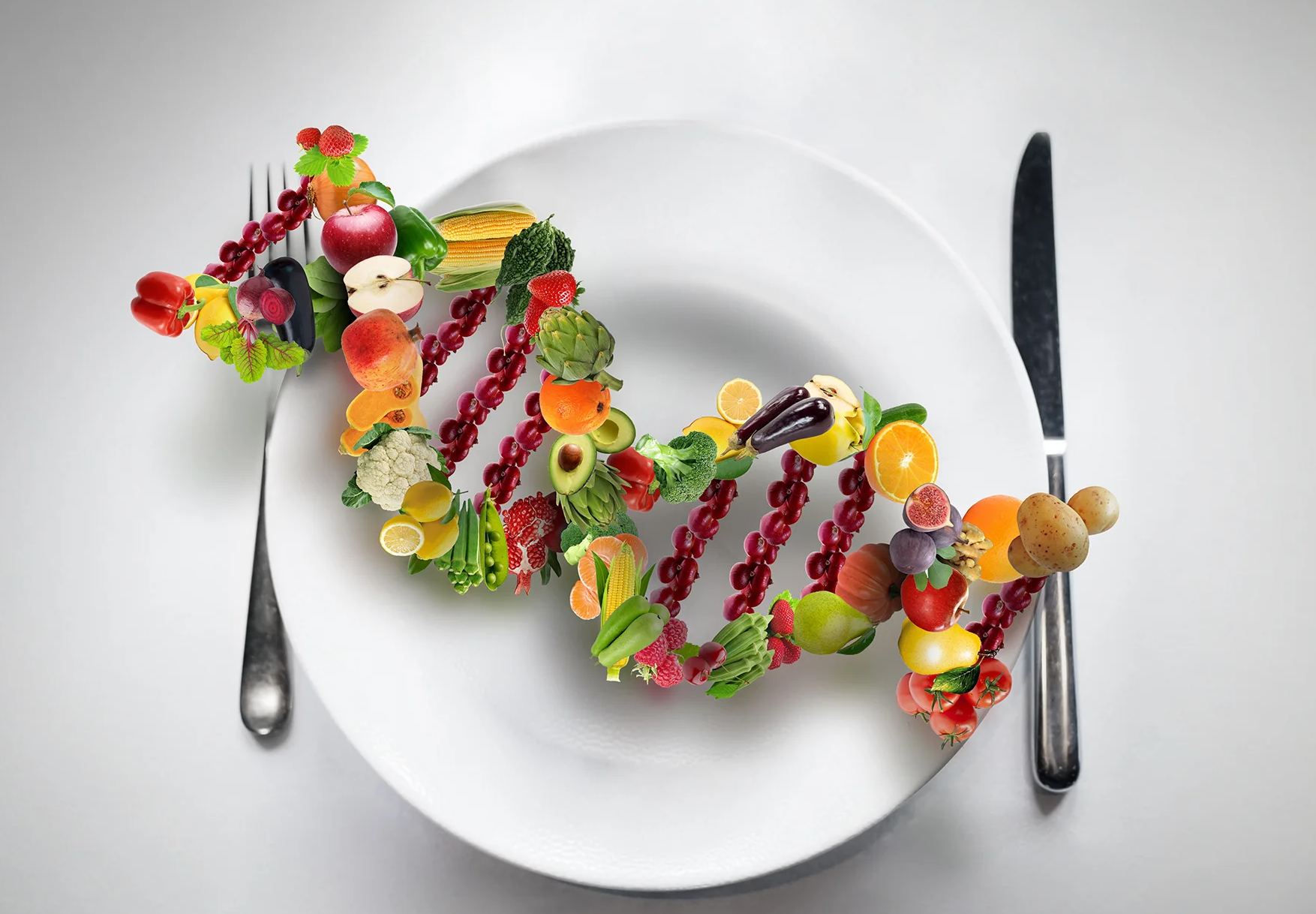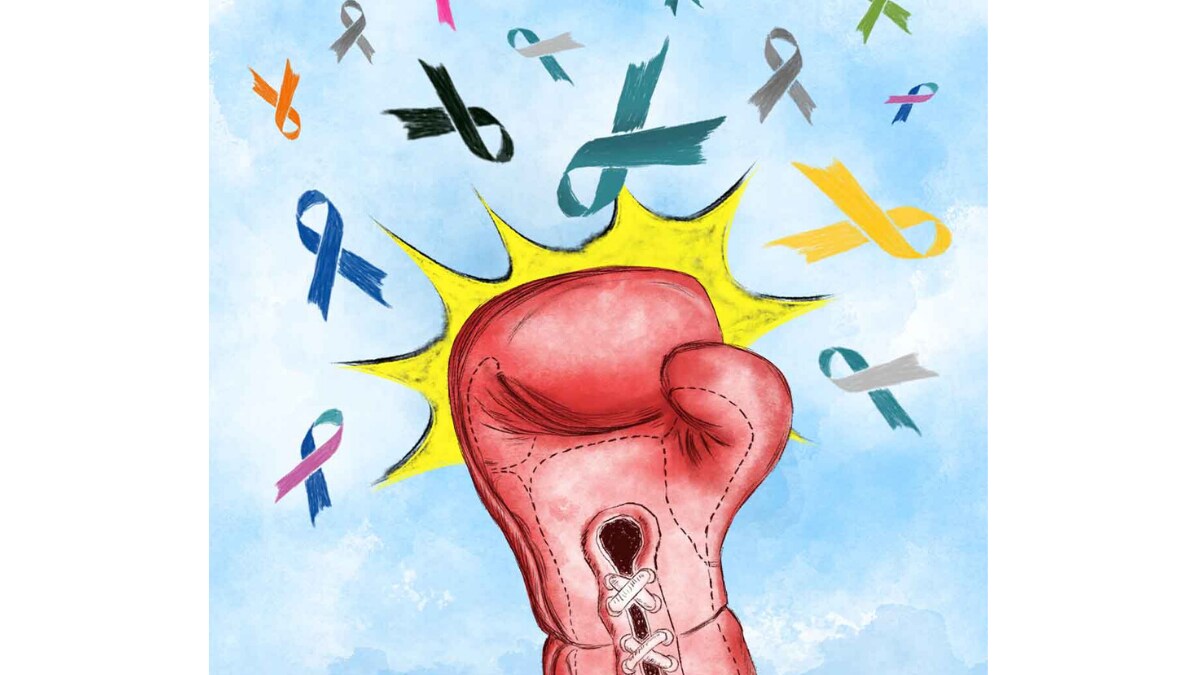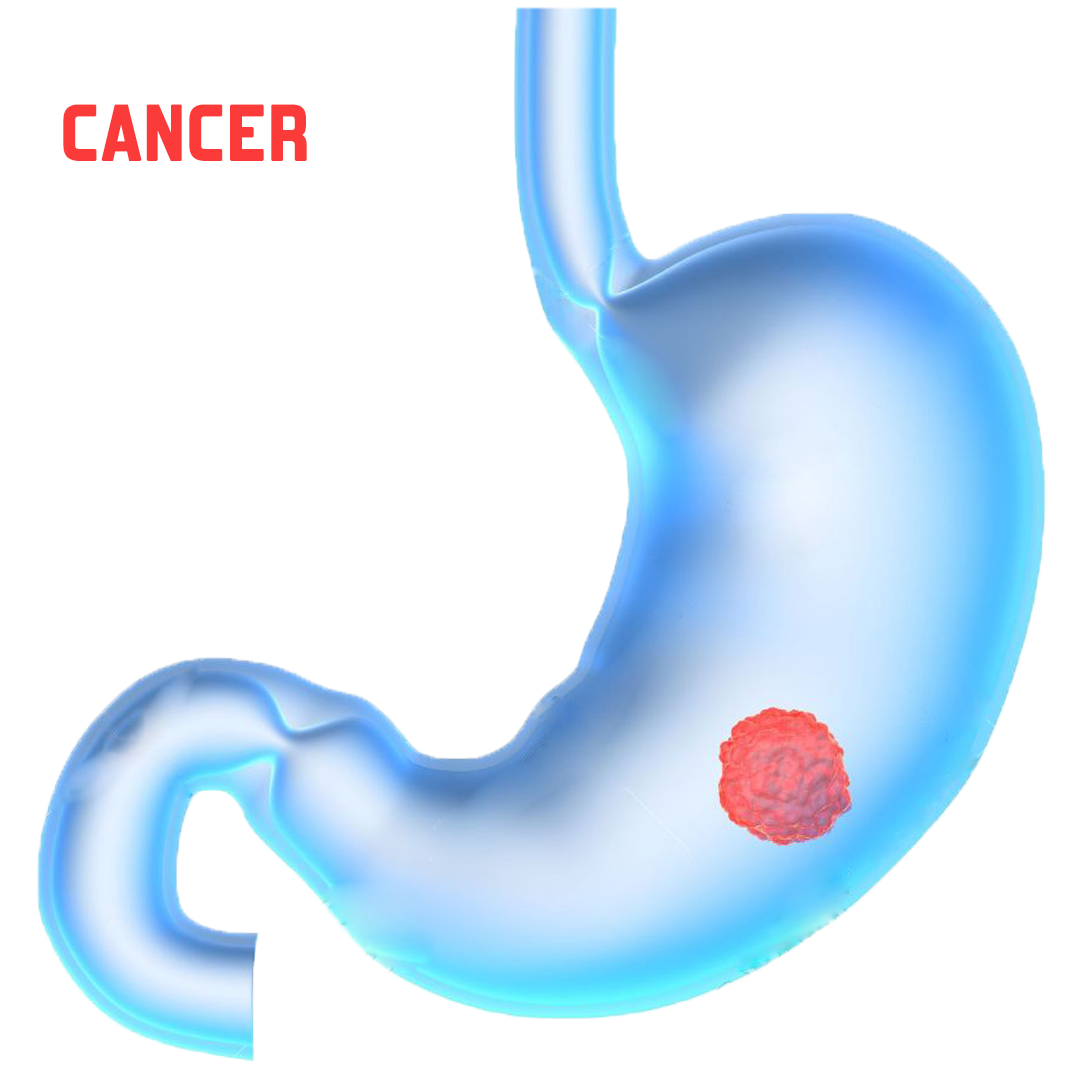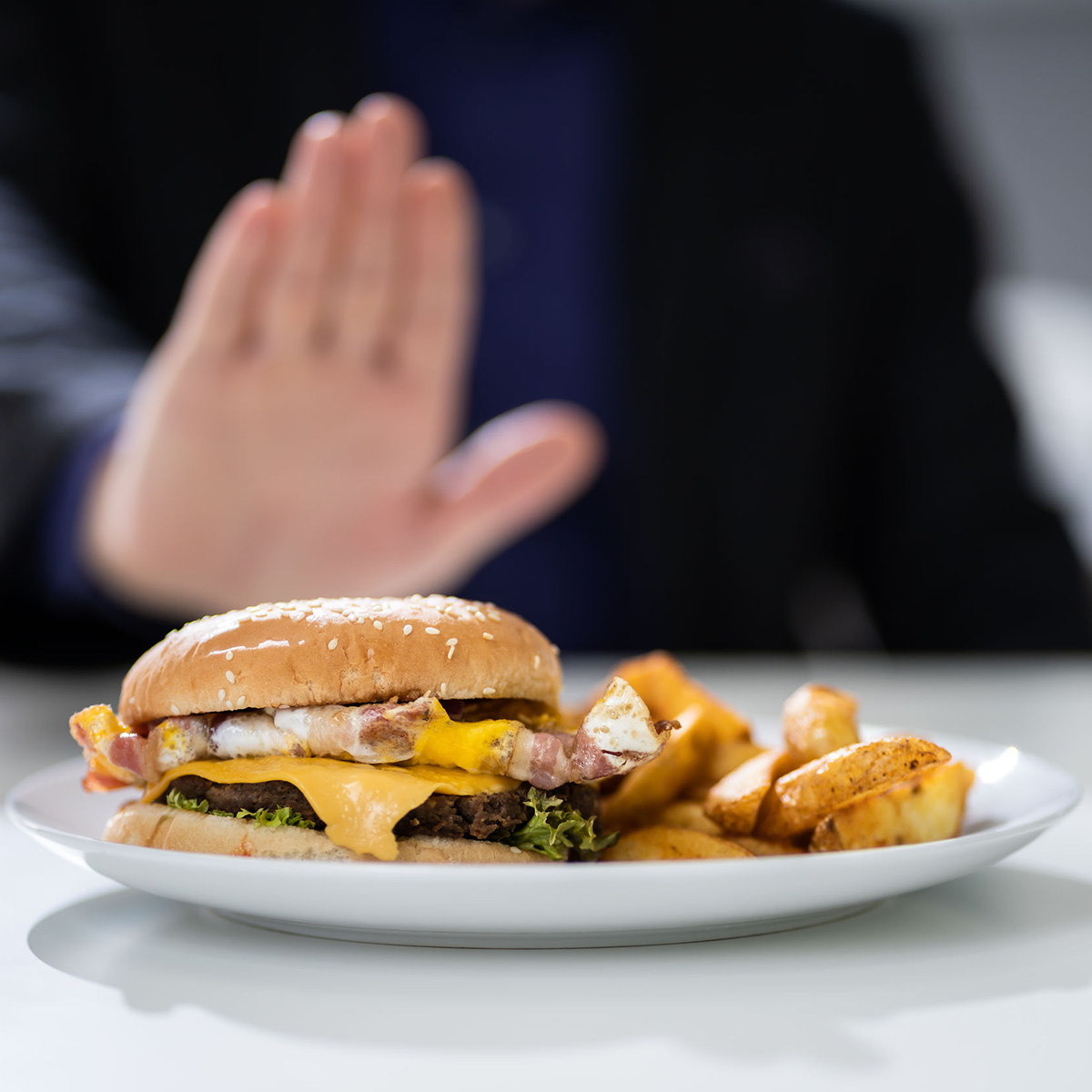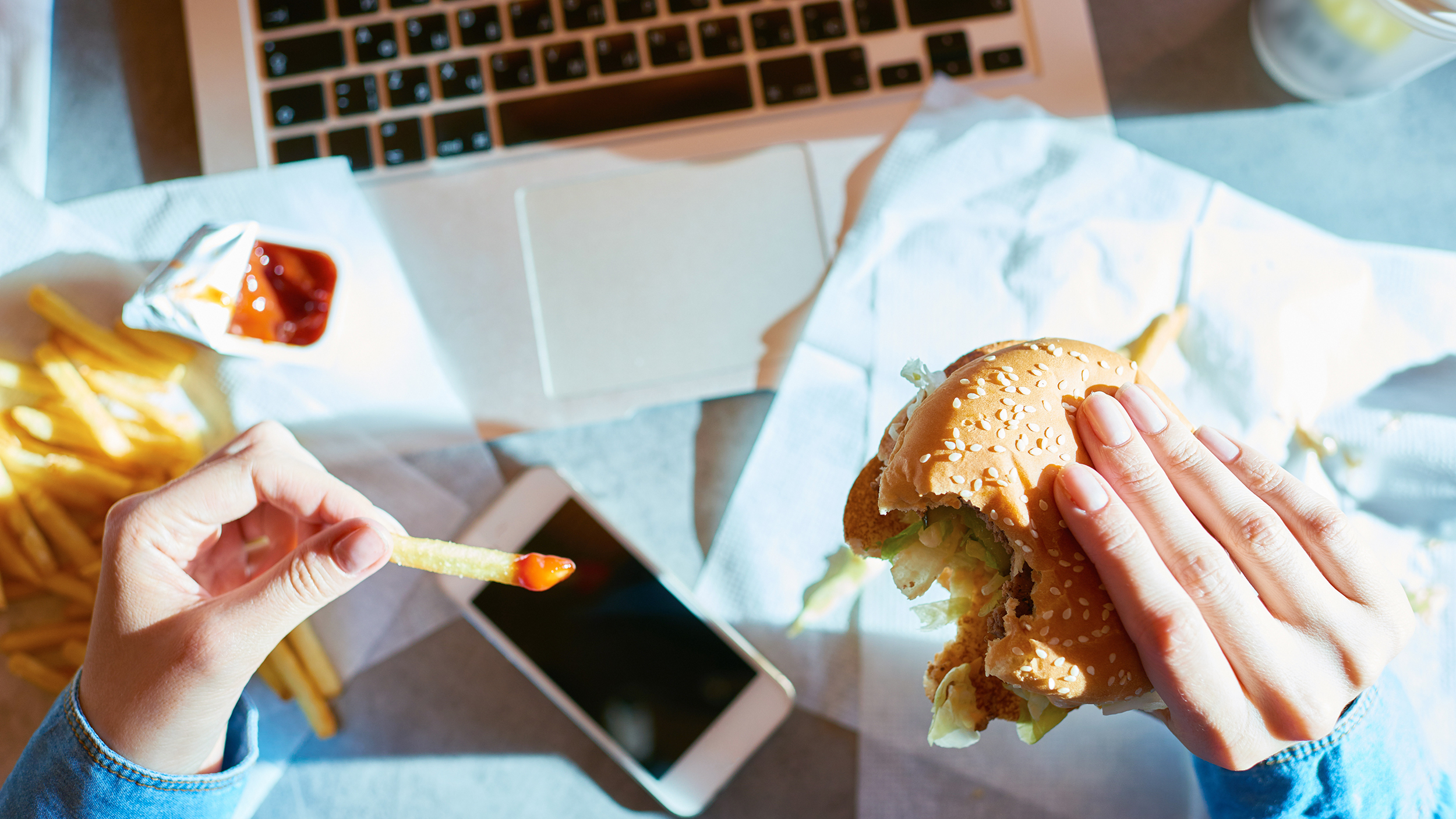COVID-19, Health
How Long Does Coronavirus Live On Surfaces?
The coronavirus can live for hours to days on surfaces like countertops and doorknobs. How long it survives depends on the material the surface is made from. Here's a guide to how long coronaviruses - the family of viruses that includes the one that causes COVID-19 - can live on some of the surfaces you probably touch every day.
SUMMARY: 60 SECOND READ
- DIFFERENT KINDS OF SURFACES Corona virus lives on different surfaces for different span of time. Check out the list below.
- WHAT YOU CAN DO To reduce your chance of catching or spreading the new coronavirus, clean and disinfect common surfaces and objects in your home and office every day.
- CORONAVIRUS AND TEMPERATURE Researchers are studying whether exposure to heat, cold, or sunlight affects how long the new virus lives on surfaces.
- CORONAVIRUS VIABILITY Scientists also don’t know how much of the virus it takes to cause an infection.

Keep in mind that researchers still have a lot to learn about the new coronavirus. But you’re probably more likely to catch it from being around someone who has it than from touching a contaminated surface.
The coronavirus that causes COVID-19 mainly spreads from person to person. When someone who is infected coughs or sneezes, they send droplets containing the virus into the air. A healthy person can then breathe in those droplets. You may also catch the virus if you touch a surface or object that has the virus on it and then touch your mouth, nose, or eyes.
Different Kinds of Surfaces-
1. Metal
Examples: doorknobs, jewelry, silverware
5 days
2. Wood
Examples: furniture, decking
4 days
3. Plastics
Examples: milk containers and detergent bottles, subway and bus seats, backpacks, elevator buttons
2 to 3 days
4. Stainless steel
Examples: refrigerators, pots and pans, sinks, some water bottles
2 to 3 days
5. Cardboard
Examples: shipping boxes
24 hours
6. Copper
Examples: pennies, teakettles, cookware
4 hours
7. Aluminum
Examples: soda cans, tinfoil, water bottles
2 to 8 hours
8. Glass
Examples: drinking glasses, measuring cups, mirrors, windows
Up to 5 days
9. Ceramics
Examples: dishes, pottery, mugs
5 days
10. Paper
Examples: mail, newspaper
The length of time varies. Some strains of coronavirus live for only a few minutes on paper, while others live for up to 5 days.
11. Food
Examples: takeout, produce
Coronavirus doesn't seem to spread through food.
12. Water
Coronavirus hasn't been found in drinking water. If it does get into the water supply, your local water treatment plant filters and disinfects the water, which should kill any germs.
13. Fabrics
Examples: clothes, linens
There’s not much research about how long the virus lives on fabric, but it’s probably not as long as on hard surfaces.
14. Shoes
One study tested the shoe soles of medical staff in a Chinese hospital intensive care unit (ICU) and found that half were positive for nucleic acids from the virus. But it’s not clear whether these pieces of the virus cause infection. The hospital’s general ward, which had people with milder cases, was less contaminated than the ICU.
15. Skin and hair
There’s no research yet on exactly how long the virus can live on your skin or hair. Rhinoviruses, which cause colds, survive for hours. That’s why it’s important to wash or disinfect your hands, which are most likely to come into contact with contaminated surfaces.
Summary- Life span of coronavirus differs from surface to surface.
What You Can Do
To reduce your chance of catching or spreading the new coronavirus, clean and disinfect common surfaces and objects in your home and office every day. This includes:
- Countertops
- Tables
- Doorknobs
- Bathroom fixtures
- Phones
- Keyboards
- Remote controls
- Toilets
Use a household cleaning spray or wipe. If the surfaces are dirty, clean them first with soap and water and then disinfect them.
You can also make a bleach solution that will be good for up to 24 hours. Mix 5 tablespoons (one-third cup) of household bleach per gallon of water, or 4 teaspoons per quart of water. Never mix bleach with ammonia or another cleanser. Leave cleaners or bleach solutions on surfaces for at least 1 minute.
Keep surfaces clean, even if everyone in your house is healthy. People who are infected may not show symptoms, but they can still shed the virus.
Wash your hands with soap and warm water for at least 20 seconds after you visit the drugstore or supermarket or bring in takeout food or a delivered newspaper.
It's a good idea to wash fruits and vegetables under running water before you eat them. Scrub them with a brush or your hands to remove any germs that might be on the surface. If you have a weakened immune system, you might want to buy frozen or canned produce.
There’s no evidence that anyone has gotten the virus from food packaging. But if you want, you can wipe down take-out containers or grocery items and let them air dry.
Wash or disinfect reusable grocery bags after each use. Wash used fabrics often, using the warmest water that the manufacturer recommends. Dry them completely. Wear disposable gloves when handling an ill person’s laundry. Throw them away when you’re done, and wash your hands.
The virus probably won’t survive the time it takes for mail or other shipped items to be delivered. The highest risk comes from the person delivering them. Limit your contact with delivery people as much as you can. You might also leave packages outside for a few hours or spray them with a disinfectant before bringing them in. Wash your hands after you handle mail or a package.
If you want, you can disinfect the soles of your shoes and avoid wearing them indoors.
Summary- To reduce your chance of catching or spreading the new coronavirus, clean and disinfect common surfaces and objects in your home and office every day.
Coronavirus and Temperature
Coronaviruses generally don’t live as long in higher temperatures and humidity levels than in cooler, dryer conditions. Researchers are studying whether exposure to heat, cold, or sunlight affects how long the new virus lives on surfaces.
Coronavirus Viability
Scientists also don’t know how much of the virus it takes to cause an infection. Even if a small amount lingers on a surface for days, this might not be enough to make you sick.
The bottom line
A few studies have been performed on how long the new coronavirus, known as SARS-CoV-2, can live on surfaces. The virus persists the longest on plastic and stainless steel surfaces. It’s less stable on cloth, paper, and cardboard.
We don’t know yet how long the virus can live in food and water. However, there have been no documented cases of COVID-19 that are associated with food, food packaging, or drinking water.
Even though SARS-CoV-2 can become inactivated in hours to days, the exact dose that can lead to an infection still isn’t known. It’s still important to maintain proper hand hygiene and to appropriately clean high-touch or potentially contaminated household surfaces.
Reference:
- https://www.cdc.gov/coronavirus/2019-ncov/prevent-getting-sick/cleaning-disinfection.html
- https://www.nih.gov/news-events/news-releases/new-coronavirus-stable-hours-surfaces
- https://www.health.harvard.edu/diseases-and-conditions/coronavirus-resource-center
- https://www.mayoclinic.org/diseases-conditions/coronavirus/expert-answers/can-coronavirus-spread-food-water/faq-20485479











